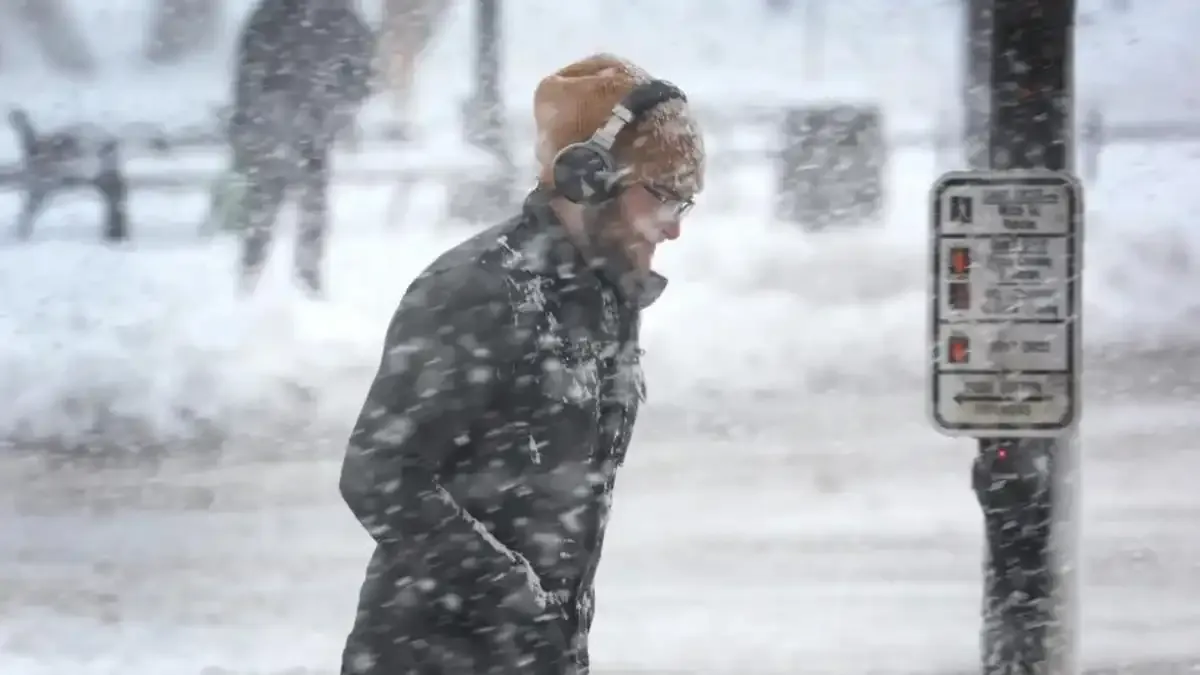In mid-January 2024, a bone-chilling Arctic blast gripped much of the United States, shattering daily low-temperature records and affecting millions from Montana to Texas. Huddled under layers of blankets, it's essential to grasp the science behind such severe cold events and how they fit into the broader context of climate change.
The Dance of the Polar Jet Stream
Extreme cold events, like January's, occur when the polar jet stream—a familiar winter phenomenon separating Arctic and temperate air—takes a deep plunge southward. This brings frigid Arctic air to regions unaccustomed to such harsh conditions, resulting in dangerously cold temperatures.
The Stratospheric Polar Vortex's Role
What makes these cold snaps intriguing is their association with changes in the stratospheric polar vortex, a high-altitude air stream encircling the North Pole. When this vortex becomes disrupted or stretched, it can influence the jet stream's behavior, directing it southward and causing widespread cold outbreaks.
The January 2024 Arctic Cold Blast
The recent Arctic cold blast aligned with this pattern, the polar vortex stretched so far over the U.S. in the lower stratosphere that it nearly split in two. While multiple factors might contribute to this stretching, it's likely linked to high-latitude weather conditions in the preceding weeks.
Cold Snap vs. Global Warming
In the wake of the hottest year on record, witnessing record-breaking cold temperatures may be perplexing. However, it's crucial to understand that no single weather event can prove or disprove global warming. Numerous studies consistently show that extreme cold events are decreasing overall with global warming, as predicted from physical reasoning.
Arctic Amplification and Its Effects
Though global warming is causing a decline in the frequency of severe cold events, some research suggests it may play a supporting role in intensifying these events. Arctic amplification, characterized by enhanced warming in high latitudes, could influence the polar vortex and contribute to more stretched and disrupted patterns.
Preparing for the Unpredictable
While the world anticipates fewer severe cold events in the future, it's essential for regions to remain prepared for exceptional cold when it does strike. Understanding the intricate connections between Arctic conditions, the stratospheric polar vortex, and mid-latitude winter weather is crucial for improving our ability to predict and prepare for these events and their severity.
